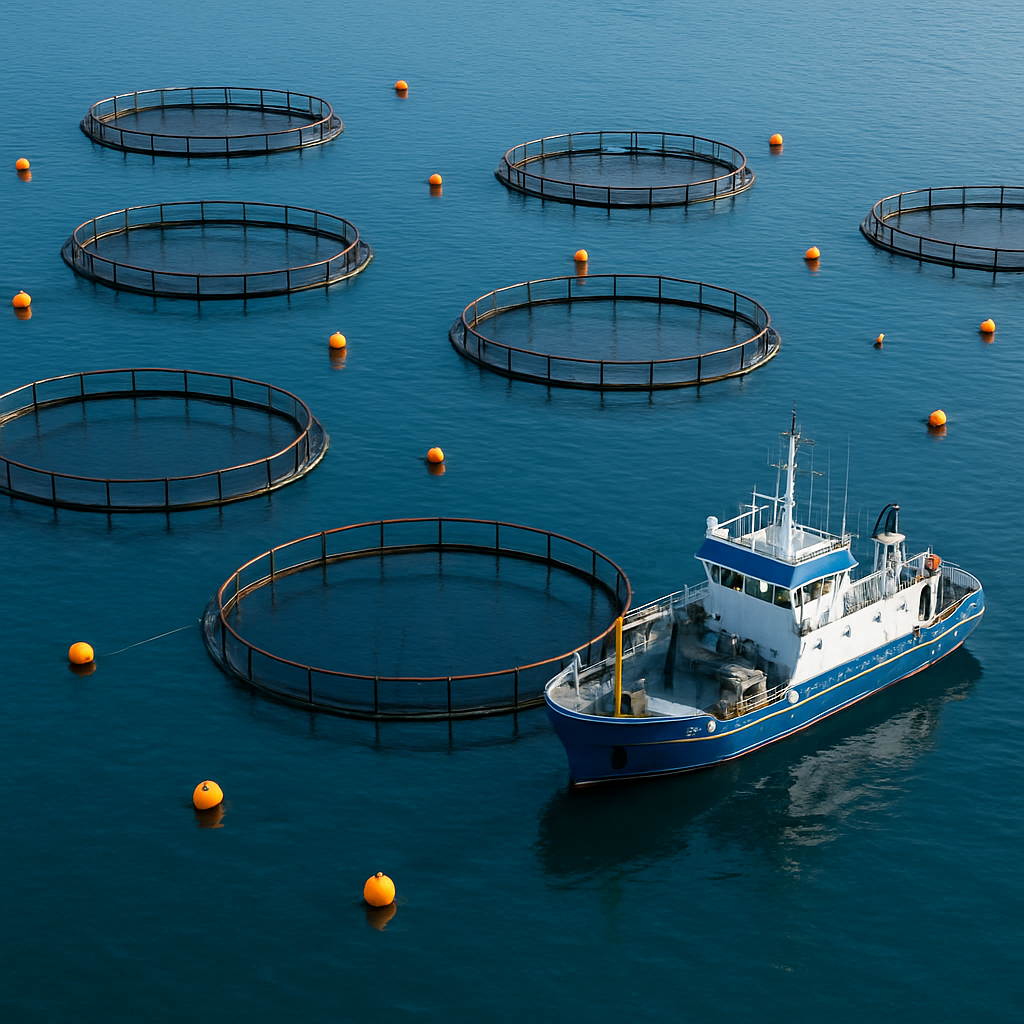Key Metagenomics Techniques & Their Uses
Welcome to the exciting world of metagenomics! Metagenomics is a powerful tool that allows us to study complex microbial communities in their natural...
Discover the innovations in microbiome studies, read expert opinions and find out about the latest in laboratory innovations.

Welcome to the exciting world of metagenomics! Metagenomics is a powerful tool that allows us to study complex microbial communities in their natural...
.webp?width=1600&height=1164&name=chart%20(9).webp)
The gut microbiome, an intricate ecosystem of trillions of microorganisms living throughout the human gastrointestinal tract, plays a crucial role in...
.webp?width=1600&height=1600&name=chart%20(8).webp)
The human microbiome is a complex ecosystem of microorganisms residing in and on the human body, playing a pivotal role in human health and disease....

Environmental DNA (eDNA) represents a revolutionary, molecular approach for rapid, non-invasive detection and management of aquatic invasive species...

Environmental DNA (eDNA) sampling for species identification has revolutionized biodiversity monitoring by enabling highly accurate, cost-effective,...

Understanding the relationship between stress and the gut microbiome is crucial for anyone researching long-term health, mental or neurological...

From the guts of elephants to the tissues of coral reefs, scientists are uncovering a hidden yet essential world: the animal microbiome. As research...

Aquaculture is rapidly reshaping the world’s seafood supply, but what does this mean for our oceans, coastlines, and aquatic ecosystems?

Soil testing is a diagnostic tool that evaluates the nutrient content, composition, and other characteristics of soil. By analyzing soil samples,...

Your mouth is home to a thriving community of tiny organisms, collectively known as the oral microbiome. These microbes—including bacteria, fungi,...